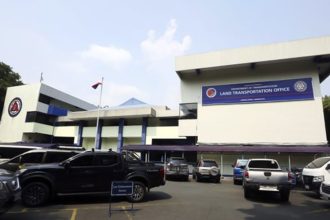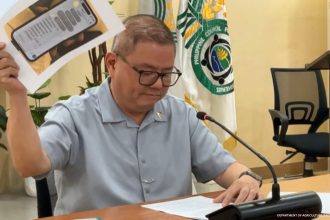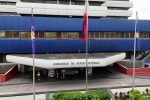
Metro Manila, Philippines – The government’s P20 rice program is expected to bring down retail prices of the grain, the Department of Agriculture said, as some vendors try to compete with the more affordable option.
Agriculture Assistant Secretary Arnel de Mesa said the DA has received reports of retailers bringing down their prices amid the roll-out of the subsidized rice, while other affected players have experienced limited sale of other rice products.
De Mesa said such instances could be considered a “good effect” of the program.
“But at the same time, isa ‘yun sa pinag-aaralan natin, kaya by phase ang implementation: How will it affect ‘yung presyuhan at ano ‘yung magiging epekto rin doon sa ibang klase ng bigas, and of course, doon sa farm-gate sa level ng ating mga magsasaka?” De Mesa told reporters on Tuesday, May 20.
[Translation: But at the same time, we are studying the effects. That’s why we have a phased implementation. How will it affect price levels? What’s the effect on other rice options? And of course, what’s the effect on the farm-gate?]
The DA will have three phases for the P20 rice program. After the start of sale in Visayas areas, the next two phases would be making available the cheap product in some provinces in Mindanao by July and September, respectively.
The local government units and the DA will share the P13 subsidy to sell the rice at that level.
The agriculture official said they “cannot say exactly” by how much lower retail prices could go, especially since the P20 option has a “very significant decrease” from a base of P33 per kilogram to P35/kg for National Food Authority (NFA) stocks, while P29/kg for aging stocks.
As of May 19, local regular milled rice has a price range of P35/kg to P43/kg, while other local varieties have a range of P40/kg to P62/kg, according to DA monitoring in Metro Manila markets.
“Pag nilabas ‘yan (NFA stocks) sa merkado sa pamamagitan nitong program na ito, of course ‘yung 200,000 metric tons may epekto ‘yan sa presyuhan, ‘yan ‘yung tinatawag natin na market interventions,” De Mesa said.
[Translation: If the NFA stocks were brought to the market through the subsidized rice program, of course the around 200,000 metric tons will have an effect on the price levels, and that’s what we call market interventions.]
With this, De Mesa reiterated calls to restore the NFA’s powers for regulations and market interventions.
In the current set-up, the DA has no power for direct market intervention. It could only release NFA stocks to local government units and Kadiwa stores under a food security emergency declaration.
RELATED: Malacañang backs restoring NFA powers
The DA is also selling P20 rice through Kadiwa stores only for the vulnerable sectors including senior citizens, 4Ps, persons with disability, and solo parents.
As part of the expansion plan, De Mesa said the agency is studying to sell the subsidized rice to 15 million households classified as “lower middle income.”


















